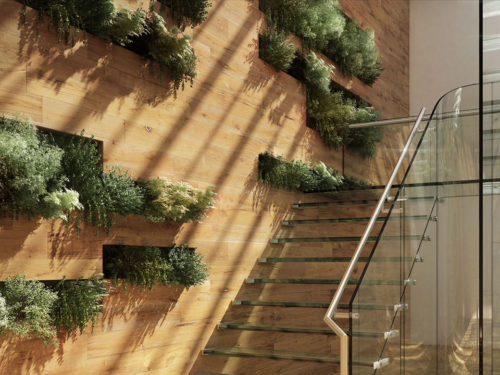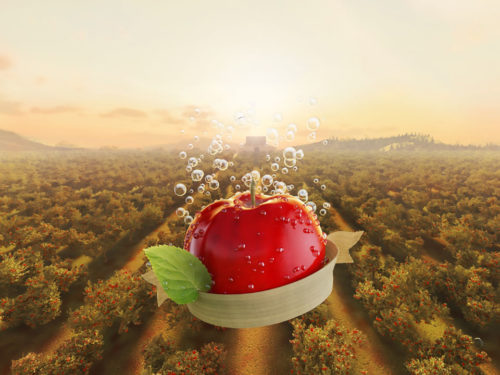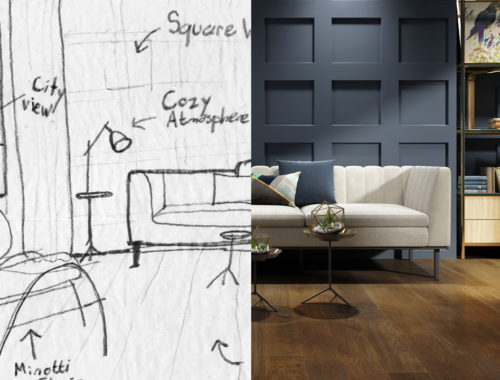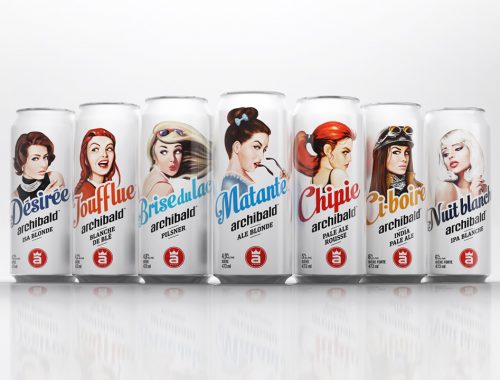Filed under: Animation / Video, Photorealism, Publicity.
Yes, you can indeed depict natural textures and materials in 3D and, what’s more, it has become increasingly difficult to distinguish them from reality!
As you’ll see, photorealistic renderings are all around us. And actually, at first glance, you might not even notice them, and isn’t that, in actual fact, the whole point?
Natural elements are what allow us to attain even greater realism in our CG images.
“Textile fibers, ceramic, stone, open fireplaces, drops and sprays of water, plants, trees and living green walls…CGI defies the laws of nature with highly sophisticated technical feats for rendering organic matter on screen.”
3D MODELING OF NATURAL ELEMENTS
There are several different levels of realism in 3D rendering. In certain situations, we can very easily decide to be content with a rendering that “looks like” it’s in 3D, when the ultimate goal isn’t to make it appear super realistic. This is the case for video games for example, where it isn’t absolutely crucial for the final rendering to correspond too faithfully to reality (especially since much of what goes on in video games, it must be said, rarely appears to be something out of the real world).
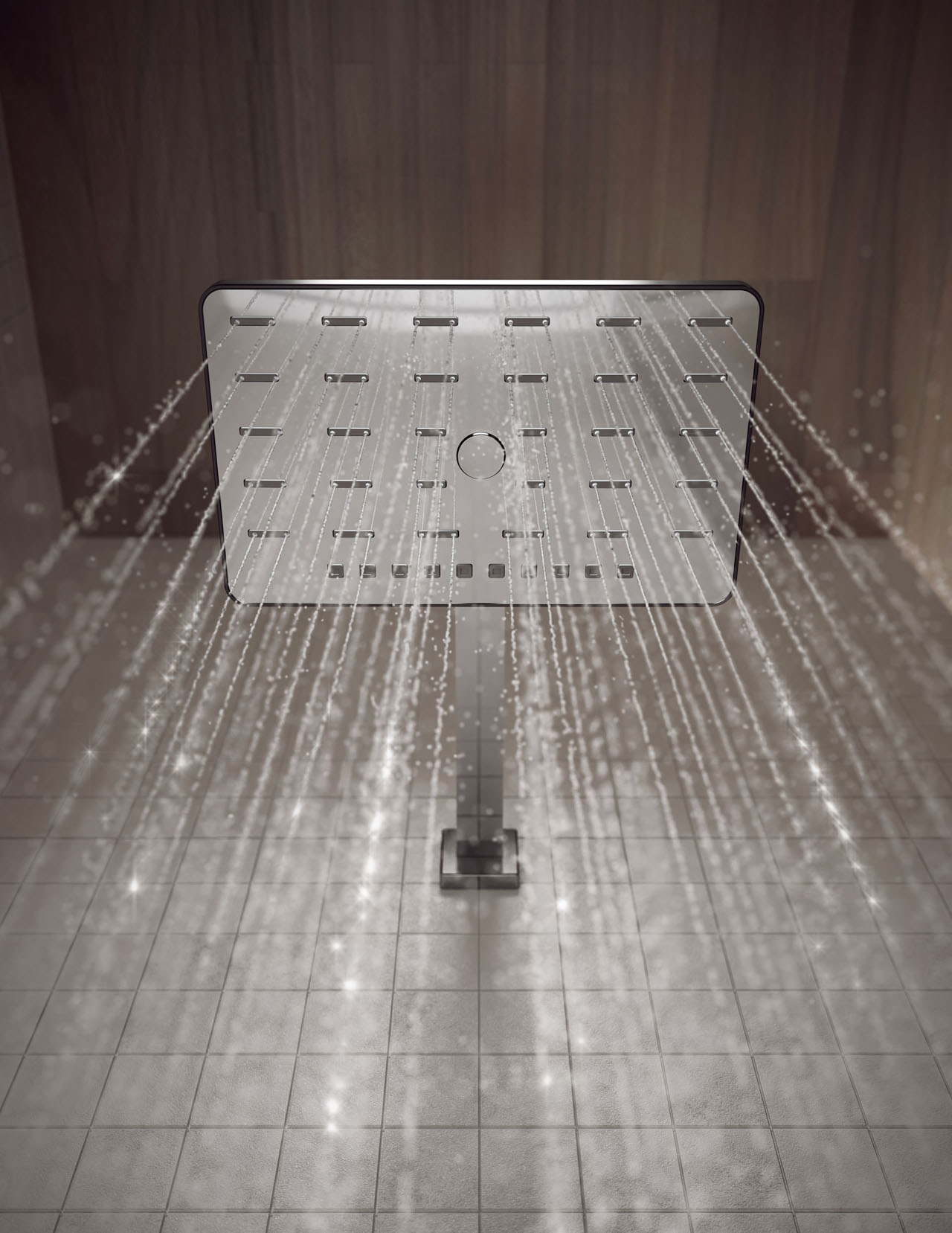
However, it has to be said that realistic 3D rendering is a very compelling option for manufacturing industries and, more importantly, it’s becoming increasingly accessible.
If your line of business involves products such as barbecues, wood stoves, fireplaces, ventilation and air conditioning systems, industrial items, electric hand dryers, spas, bathtubs, showers, taps and fittings or industrial sterilizers, you may be aware without really realizing it that your product features one or more natural elements!
Natural elements are a great opportunity in marketing because you can use them to your advantage when staging a product.
Natural elements enable you to make a product which at first glance isn’t artistically stylish appear much more attractive.
The following is a brief overview of how you can use 3D modeling to show your products in their best light…
Here a just a few of the endless possibilities…
CREATING WATER USING 3D MODELING
You are no doubt familiar with a few iconic scenes from movies where the action centers on a flood, storm or gigantic tidal wave for instance and which feature CG shots of water in motion, and it can sometimes be very hard to tell the difference between CG animation and reality! The 3D technology used to depict flowing water and convey the impression of water in movement has come a long way over the past ten years. We work with increasingly sophisticated tools – in particular RealFlow, which has become a benchmark in terms of software for 3D experts – who provide 3D concept artists and designers with technological solutions.
Fortunately, there’s no need to be in the film industry to reap the benefits of CG water animation. And let’s just say that in terms of rendering water, we have acquired quite a bit of experience at Kub Studio. Our expertise in depicting showers and bathtubs has earned us an enviable position in the field and water is an element that now holds no secrets for us!
CG IMAGE VS PHOTO
Which is a photo and which is a CG image?
With a CG image, it’s possible to achieve similar or even higher quality, and it can also be done a lot more easily and with fewer technical constraints (especially when it comes to rendering water!).
See for yourself: which of the two below is a CG image?
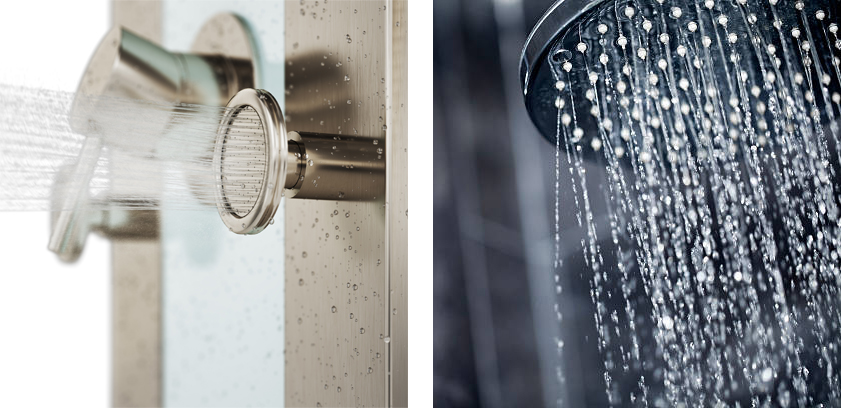
So? Did you guess right?
HYPER REALISTIC 3D RENDERING OF WATER
If you’re looking to bring to life a whirlpool bath, shower bar, swimming pool or simply depict the taps or faucets in a kitchen or bathroom, flowing water can become a major asset when depicting the type of product that revolves around the use of water.
USING 3D RENDERING TO CREATE THE IMPRESSION OF WIND
Why talk about air when it’s an element that we can’t actually see?
Would you believe me if I told you that it’s possible to depict air even a static image?
It all comes down to how the objects that are affected by the wind are arranged in a scene. For example, the image below is static but creates an illusion of movement.
Whether you’re looking to advertise a ventilation or air conditioning system… 3D imagery and 3D animation is fast, simple and effective and an attractive option that you should bear in mind.
CREATING 3D FLAME EFFECTS
What better way to get a true sense of the crackling flames in a fireplace and enable its future owner to experience firsthand the feeling that they will soon get once they’re sitting comfortably in an armchair in front of its glowing embers?
Well ok, perhaps I’m exaggerating slightly, but the fact remains that being able to see flames dancing in a wood stove is nonetheless much more convincing than depicting it using a static image.
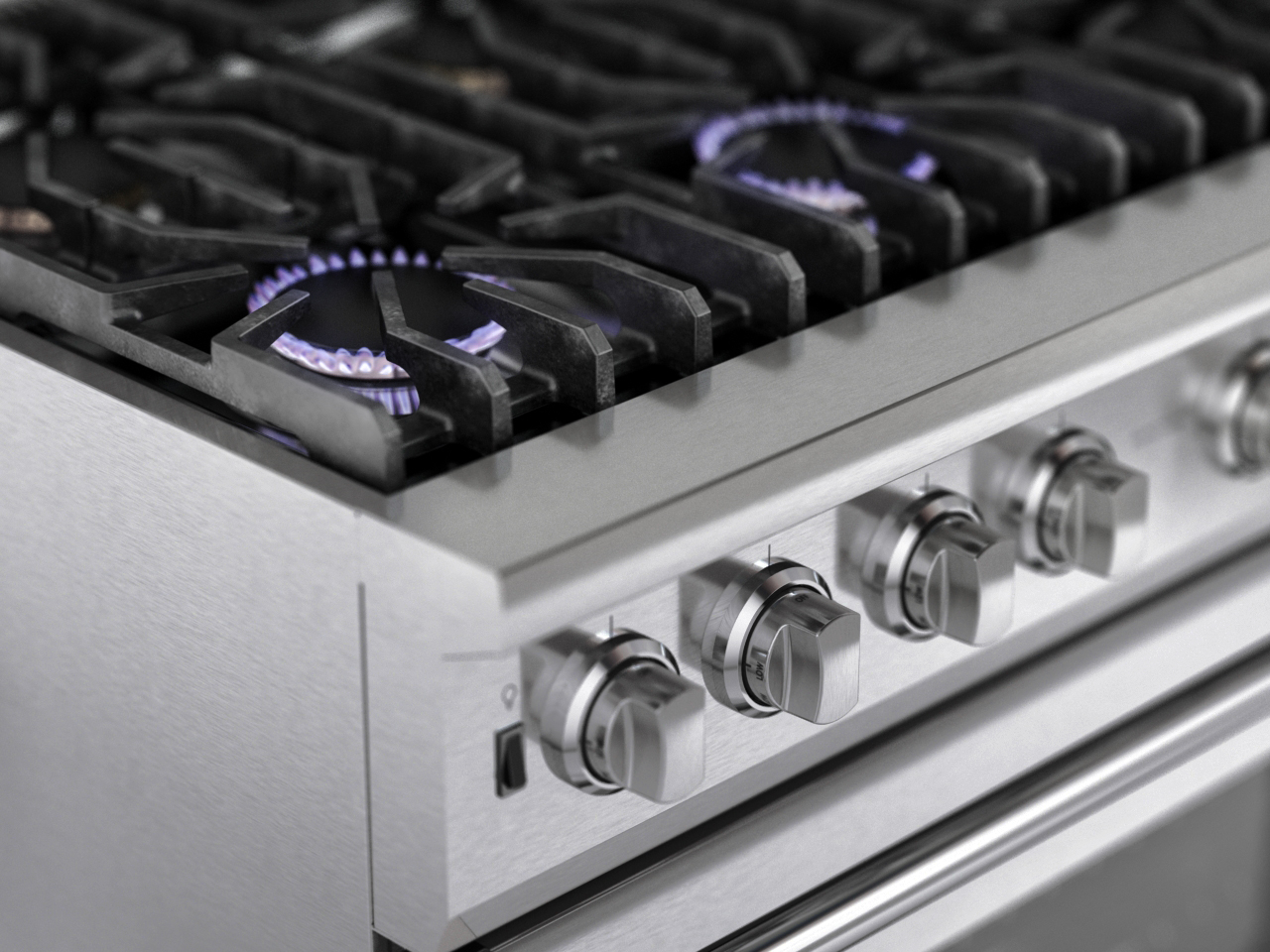
The same holds true for other applications, such as for a kitchen for example. Below is an illustration of a close-up of hot plates on a kitchen stove created entirely in CGI.
Thanks to virtual reality, you can go one step further and add sound, making the sensory experience even more complete! And it’s only a matter of time before it becomes a commonplace solution for manufacturers.
3D RENSERING OF ORGANIC TEXTURES AND TEXTILE FIBERS
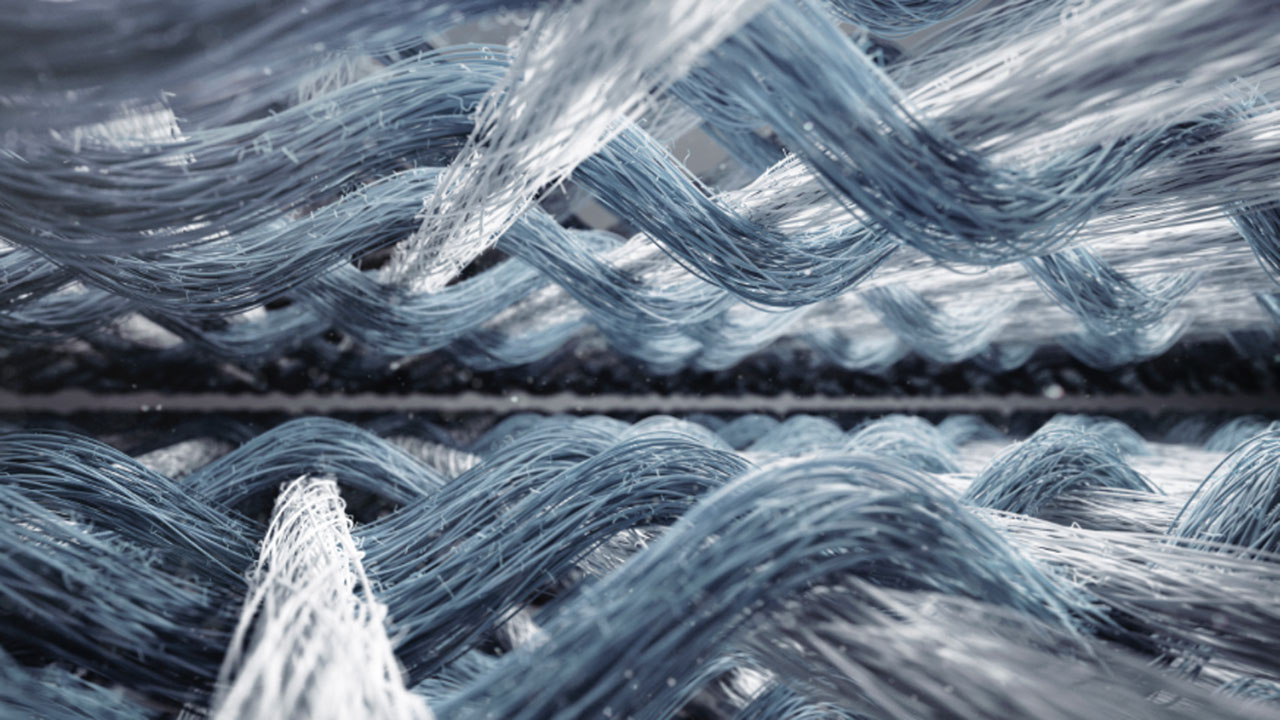
Material is of utmost importance in photorealism. A prime example of organic matter, earth is a natural element, as are wood, grass and even textile fibers such as cotton, linen, and so forth.
As we previously explained in our article about the 10 steps to creating a photorealistic 3D rendering, and demonstrated using a before and after example of a 3D image without texture and then with texture added, materials in themselves are crucial in defining the final quality of a photorealistic CGI. Managing to make a texture look real is equivalent to successfully rendering material is the same way as you’d render textures such as wood, granite, chrome or vinyl.
It may seem trivial, but it’s the small details that allow us to attain a high level of quality in 3D rendering. Wrinkled fabric, a curtain swaying in a draft of air, the reflection on a metal accessory, a raised pattern on stone or ceramic… When you take a closer look, these types of effects and tiny details are never left to chance, and there are many of them in a single image. These elements were nonetheless all created entirely using 3D software.
3d RENDERING OF PLANTS AND GREENERY
Plants are gaining more pride of place in our office buildings and that’s a good thing!
Greenery and vegetation are natural elements that have become increasingly prominent in interior design.
Our 3D designers have begun working increasingly with this organic matter. Plants, cacti, fresh herbs, a green wall, biophilic wall or living wall… the urban jungle effect is providing more and more inspiration for designers and is enjoying growing popularity in the design industry. You rarely see images today that don’t feature greenery… We are no longer just making our cities greener outdoors, we’re also making our interiors greener too!
Filed under: Animation / Video, Photorealism, Publicity.
Read more
View all posts

